About this event
How can you run successful workshops remotely? Back in July 2020, Lead Engineer Clare Sudbery and Head of Product Andreas England kicked off our Made Tech Talks webinar series by sharing their experience of starting up while locking down.
Made Tech partnered with Difrent and Skills for Care to deliver a service that collects data from (and delivers value to) adult social care providers. We planned to spend a fortnight together to kick off our engagement, then lockdown happened and we were forced to go fully remote with only a few days’ notice.
Clare and Andreas shared the highs and lows of bringing together 10 people who have never worked together before, all working from home and in the midst of a global pandemic.
Date
Tuesday, 14 July 2020
Speakers
Andreas England
Discipline Head of Product Management and Business Analysis at Made Tech
Clare Sudbery
Lead Engineer at Made Tech
Clare is a maths graduate with 21 years of software engineering experience and a particular interest in teaching and mentoring; encouraging more women into IT; and banishing imposter syndrome.






